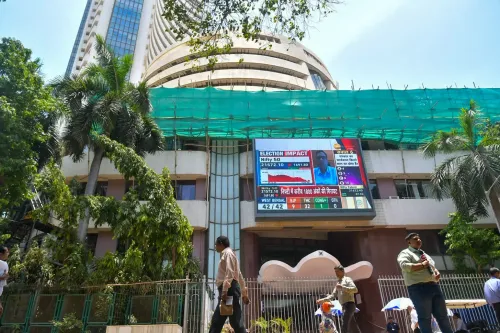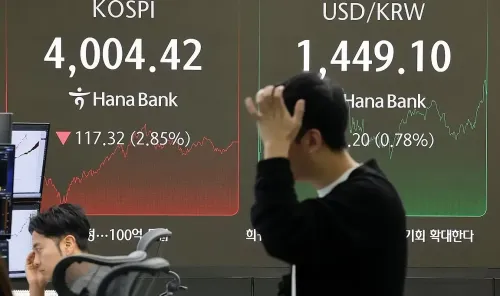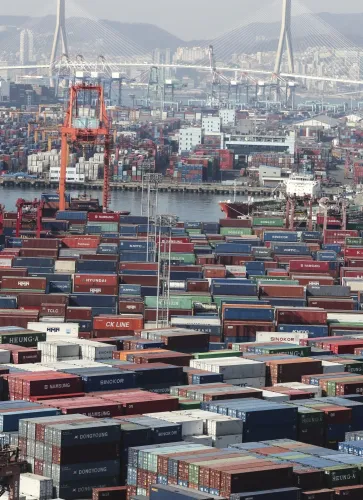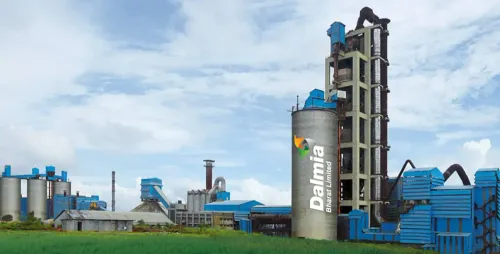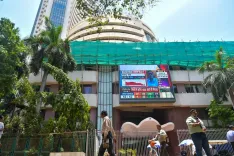How is Household Loan Growth Performing in S. Korea?

Synopsis
Key Takeaways
- Household loan growth has slowed significantly due to tighter regulations.
- The total outstanding household loans reached 1,170.2 trillion won.
- Home-backed loans increased but at a slower rate.
- The jeonse rental system remains unique to South Korea.
- Government measures are aimed at stabilizing the housing market.
Seoul, Oct 16 (NationPress) The growth in household loans provided by South Korean banks saw its most significant slowdown in six months during September, attributed to stricter lending regulations intended to control rising housing prices and escalating household debt, according to data released by the central bank on Thursday.
As of the end of September, the total outstanding household loans reached 1,170.2 trillion won (approximately $825.07 billion), marking an increase of 2 trillion won from the previous month, as reported by the Bank of Korea (BOK).
This figure represents a steep decline from the 4.1 trillion-won increase recorded in the prior month, making it the slowest growth since March.
Loans secured by homes rose by 2.5 trillion won to reach 932.7 trillion won at the end of September, a decrease from the 3.9 trillion-won rise seen in the previous month.
Conversely, unsecured and other types of household loans dropped by 500 billion won to 236.6 trillion won.
According to separate data from the Financial Supervisory Service (FSS), household loans from all financial entities increased by 1.1 trillion won in September, sharply slowing from a 4.7 trillion-won increase the month before.
Home-backed loans from all financial institutions, including savings banks and insurance companies, rose by 3.6 trillion won last month, also a slowdown from the 5.1 trillion-won rise in August.
Other household loan categories experienced a decline of 2.4 trillion won last month, contrasting with a 400 billion-won drop in the previous month.
A BOK official remarked, "The effects of lending regulations are ongoing, while seasonal factors have further diminished demand for jeonse financing." They also noted that lower credit loan limits contributed to the reduction in other loans.
Jeonse is a distinctive rental system in South Korea where tenants provide a significant lump-sum deposit to landlords rather than monthly rent payments.
In efforts to mitigate soaring housing prices, the government implemented a 600 million-won cap on mortgage loans for home purchases in the capital region and has halted home-backed lending to multiple homeowners since late June.
With persistent price rises, the government also designated an additional 21 districts in Seoul as speculative zones, making all 25 districts in the capital subject to stricter regulations. Stricter lending rules have further reduced the mortgage loan cap to as low as 200 million won.
Recently, apartment prices in Seoul have surged, particularly in neighborhoods along the Han River, which has intensified speculative demand and accelerated upward price trends, posing a significant policy challenge for the new government led by President Lee Jae Myung.
Meanwhile, corporate loans increased by 5.3 trillion won from the previous month, also decelerating from an 8.4 trillion-won increase a month earlier.
As of the end of September, the total outstanding corporate loans amounted to 1,360.1 trillion won, according to the data.


